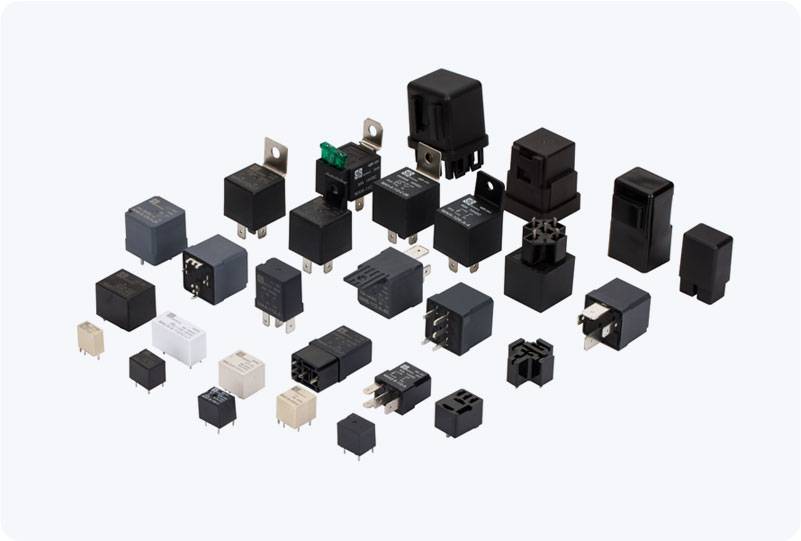understanding safety isolated relay: ensuring safety in electrical systems
Release time:2025-06-25 01:22:30
In today's increasingly automated industrial environment, the need for safety in electrical systems is paramount. One of the most crucial components in ensuring this safety is the Safety Isolated Relay. These relays are designed to provide electrical isolation between control circuits and load circuits, offering an additional layer of protection against electrical faults, ensuring that sensitive equipment and personnel remain safe. This article explores the functionality, applications, and importance of safety isolated relays in modern industrial settings.

What is a Safety Isolated Relay?
A Safety Isolated Relay is an electrical device used to provide isolation between the control circuit and the load circuit. It typically consists of a relay that can electrically separate the input and output sides, ensuring that any electrical fault on one side does not propagate to the other. This separation is crucial for protecting both the electrical equipment and personnel from potential harm due to electrical faults like overloads, short circuits, or voltage spikes.
The primary function of a safety isolated relay is to safeguard electrical systems by breaking the electrical path between potentially dangerous components. It ensures that if one part of the system experiences a failure, it does not compromise the safety of the entire system, minimizing the risk of accidents, damage, or even fires.

